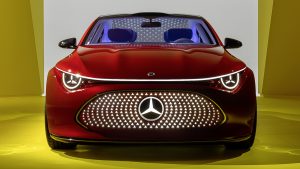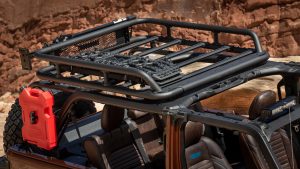This body style has dominated the industry over the past few years. While we have all heard of it, seeing so many models makes it hard to understand what exactly an SUV is
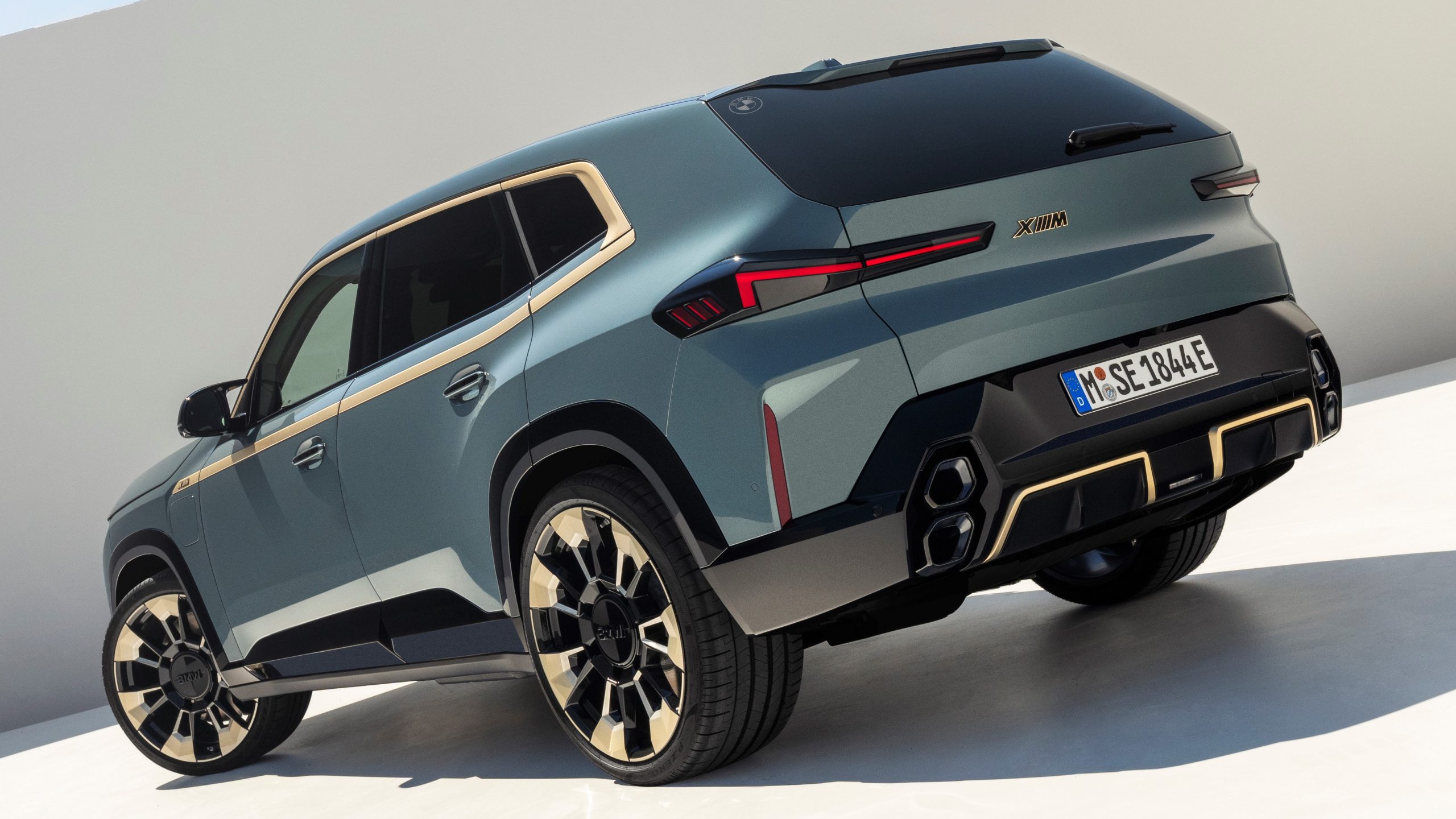
Automotive body styles have come and gone over the years. Some of them have become staples of the industry, like sedans and hatchbacks. Others were trends of a specific time or place, like minivans in the 1990s or notchbacks in France. However, we have never seen one body style dominate pretty much the entire market like sport-utility vehicles, or SUVs, have done over the past few years.
Even if you are not a car fan, I am sure you are familiar with this acronym by now. It appears all the time on the latest ads, whether on the TV or the Internet. Nevertheless, I would not be surprised if you struggled to define what is an SUV. There are so many sizes and styles that we all become confused at times. This article aims to help you navigate through the whole SUV craze to better understand it.
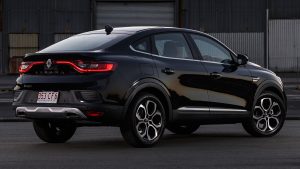

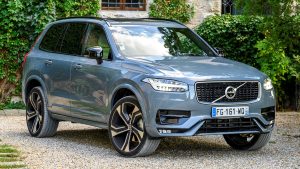
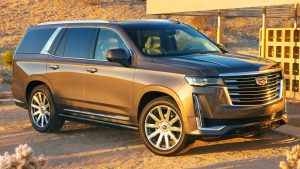
The early days
Let us start by giving you context. In the past, the automotive market had heavy segregation. Cars like sedans and station wagons focused on urban use. If you wanted to go off-road, whether for leisure or work, your options were the Jeep, and equivalent models in other countries, pickup trucks, and actual heavy-duty trucks. It is easy to imagine that such polarization left a lot of sales potential to be filled.
There were problems in both fronts. Purely urban cars would suffer every time the driver took even a regular dirt road on a weekend road trip. They would break more often and cause higher maintenance costs. Purely off-road vehicles, in turn, had no concern at all with what we call NVH. They were noisy and uncomfortable to a point that it was impossible to use them for purposes other than strictly work.
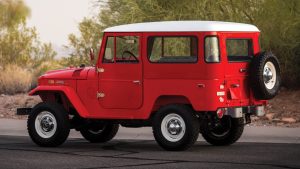
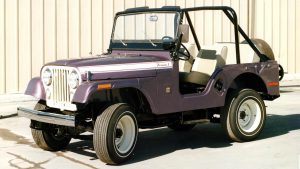


In theory, the solution is simple: create a car that falls right on the halfway between those types. The thing is, how would such a car be? Starting in the 1980s, automakers toyed with the idea of creating a theoretically intermediate product between city and off-road cars. That effort led to the first crossover cars, but this niche ended up on such a different path that it deserves a post of its own in the future.
Having that in mind, we can say that SUVs were the first successful attempt to pair the good traits of urban and off-road cars. If you want names of pioneer models, we can mention the Jeep Cherokee in the USA, the Toyota 4Runner in Japan, and the Land Rover Discovery in the UK among many others. If you think they are quite different from modern SUVs, you are right. That leads us to the next topic.
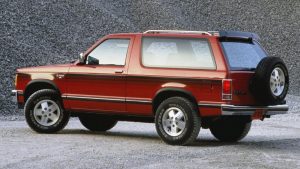

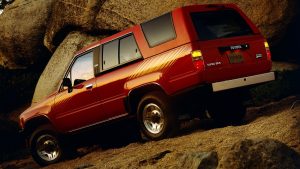
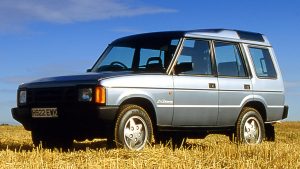
The first SUVs
That context was important to make you understand the key concept behind those vehicles: they are a combination of others. Sedans and pickups, for example, were born as they are because they were meant for specific purposes. SUVs are a secondary creation based on segments like those. It is like the difference between primary colors, such as cyan and magenta, and colors made by mixing those.
Those first models had great reception because they reinterpreted that off-road style in a much more palatable way. Attractive design, more comfortable ride, and better sound insulation demanded fewer concessions from customers; they made it easier to use them daily. Over time, their demand became less utilitarian and more related to design; SUVs developed a design identity which people embraced.
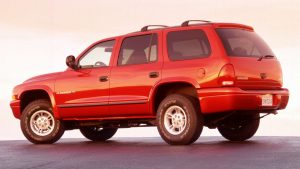



The fact that SUVs are a combination of other segments bring us to another important point: there are no strict guidelines to design them. The Mercedes-Benz ML and the Lexus RX brought a luxury trait to the concept in the 1990s. The Dodge Durango and the BMW X5 added a sporty component, and so on. In the 2000s, those models took the crossover style to an early grave and set a trend of their own.
Now, if we go back to our main question, those cars make good examples of its answer. Early SUVs have a long cabin, high ride, and off-road construction. Most of them share their platform with a pickup truck, like the first Nissan Xterra and Frontier. North America’s thirst for large cars made it a prominent consumer of those vehicles: full-size examples such as the Chevrolet Suburban exist primarily there.

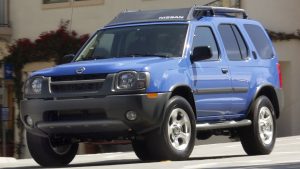
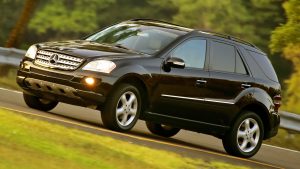
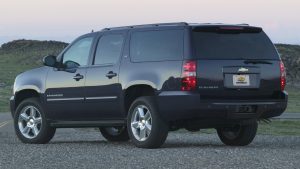
State of continuous change
When we move on to the next decade, we enter the SUV boom. This body style quickly dominated the market to a point where every major automaker has several of them in line – and many specialty ones have at least one. In fact, there are cases where the company’s very survival only happened because of how much its global sales volume (and profit margin) increased once it added SUVs to its portfolio.
If you thought that the current models are very different from the initial ones, that growth is the root of this event. Once the original segment became bloated, any other company interested in participating tried to create something different to avoid all that competition. In short, what happened over the past few years is the repeated foundation of SUV niches and their subsequent growth into new segments.
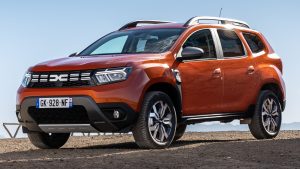
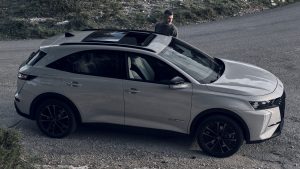


Why is that relevant to this article’s question? Because that phenomenon has changed the concept of SUVs yet again. If you consider all vehicles currently available in the market, it has become possible to mention at least one example in all market segments. That includes all sizes, all brands, all regions, and all purposes. Each of those segments has imposed its own characteristics on this type of vehicle.
The Volkswagen Atlas is focused on family use. The Dacia Duster is a low-cost option. BMW X4 and X6 are a high-performance model. The Rolls-Royce Cullinan is comparable to limousines. Those and many other models are considered SUVs despite being so different. In the next topic, we are going to briefly present the most common subcategories of SUV models we can see in the market as of today.
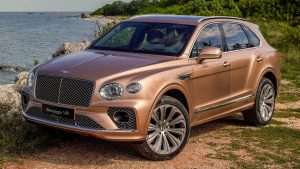
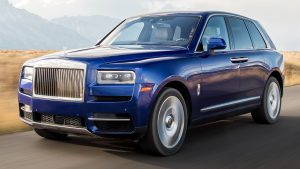
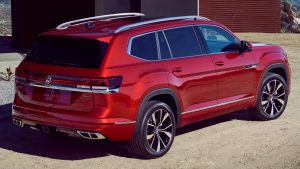

Luxury SUVs
Land Rover and Jeep are usually credited with having founded this niche with the Range Rover and the Grand Cherokee. Here, the ruggedness is set to a secondary role because these SUVs invest in comfort, quietness, and luxury. Leather upholstery, premium audio, high-definition screens, multiple safety systems… Some of those SUVs are as refined as any long-wheelbase sedan you can think of.
Family SUVs
We have already written about this variation. People say that station wagons are dead but take a look at these SUVs. They are long and roomy and offer powerful engines with a comfortable ride. They are essentially modern-day station wagons, only with the taller suspension and rugged appearance which makes SUVs popular. Also, they are common mostly in North America like station wagons used to be.
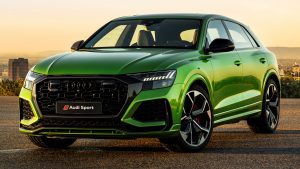
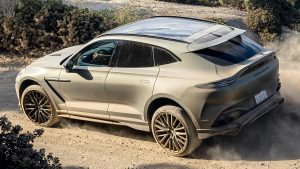
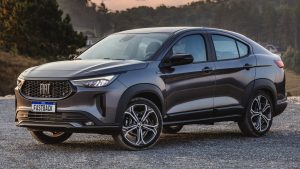
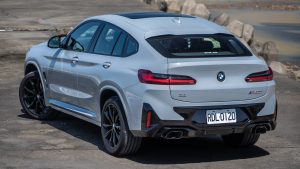
Performance SUVs
The SUV trend has become strong enough to defy the laws of logic. Models like the Aston Martin DBX and the Mercedes-AMG GLC 63 get extensive powertrain upgrades that made them ignore their size and weight. Latest performance SUVs can accelerate and handle like any sports coupés, which is an impressive feat of engineering. On the downside, those variations are usually much more expensive.
Coupé SUVs
This is the latest variation to emerge. BMW founded it with the X6 in 2007 and faced criticism for the unusual styling proportions. However, the latest concerns with aerodynamic efficiency and energy use have made people reconsider coupé SUVs. Nowadays, we can see this style on SUVs of many other types and prices, like the Fiat Fastback in Latin America and the Audi Q8 e-tron Sportback in Europe.
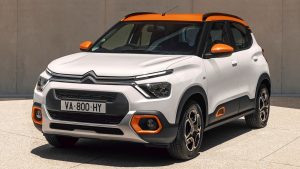

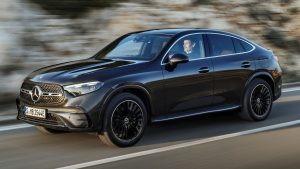

What is the future of SUVs?
As the aforementioned article states, I believe that we will eventually stop regarding SUVs as a single market segment. Their style has permeated most of the market by now, whether with direct or indirect influences. While the minivan trend of the 1980s and 1990s added a new segment, I can say that the SUV trend has gone way further than that. It has established new standards for the entire car market.
The Citroën C3 and Renault Kwid use items typically found on SUVs yet remain officially labeled as hatchbacks. The latest Mercedes-Benz GLC Coupé has received exclusive changes that set it apart from its regular version. Even Jeep, a cornerstone of off-road vehicles, is now planning to release the Wagoneer S, a luxury model focused on urban use. We can expect more of those examples to come.
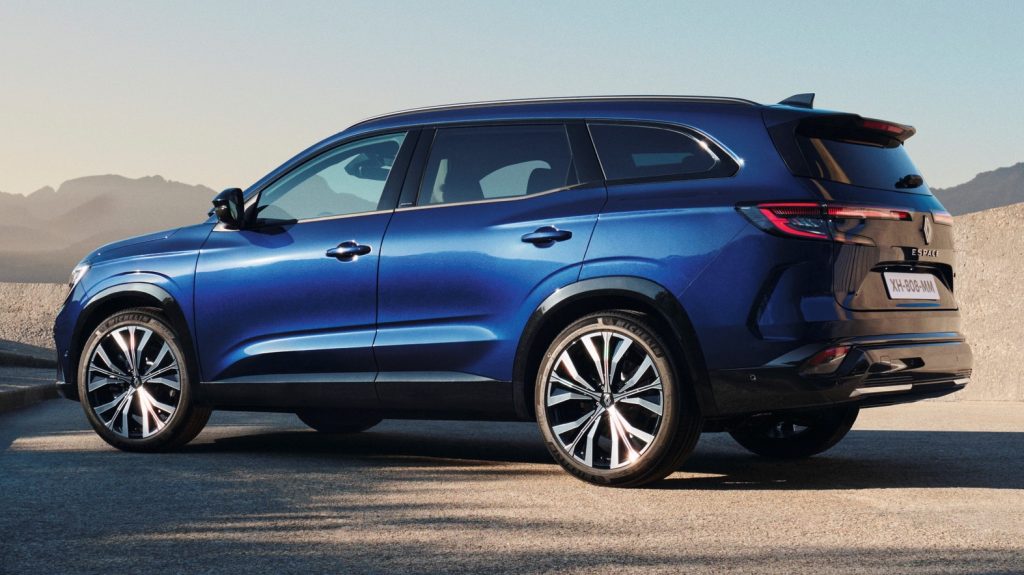
Some car fans will detract SUVs because they caused the decline of traditional body styles – namely station wagons. While their point of view is understandable, I say we have to acknowledge a positive consequence of that trend as well. You know the industry’s longstanding dream of joining advantages of multiple body styles in one? SUVs made that come true with positive and negative consequences.
The bright side is easy to see: such competitive segment drove the industry to invest more than ever in comfort, performance, and fuel efficiency. The downside is actually a lesson to learn: if you bundle traits of several body styles, you will not get a simple addition of them. You will end up with a different product with all the strong and weak suits that it entails. That is what SUVs represent in the market.
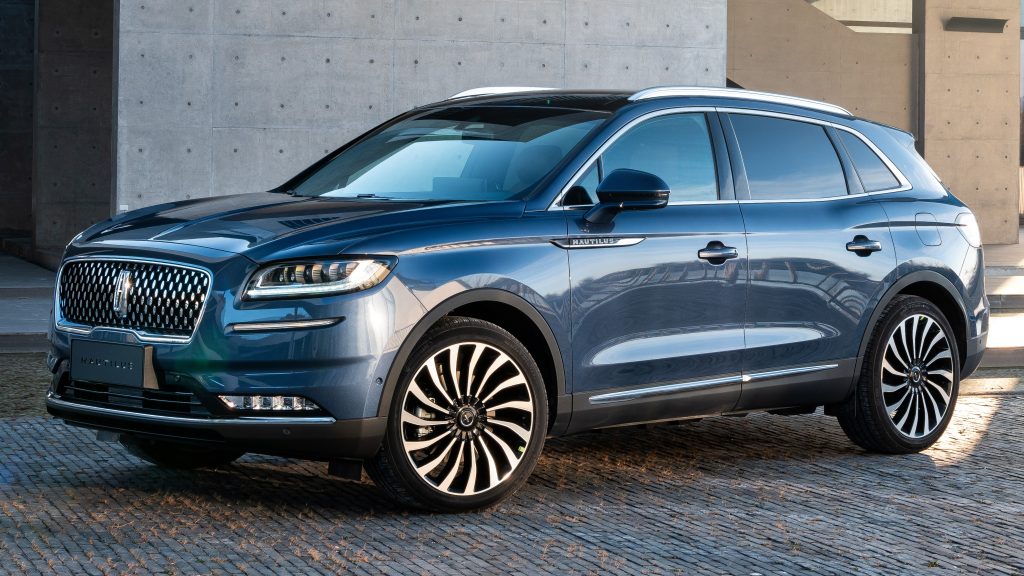
This article aims to show not only what is an SUV in its current form, but also the fact that it is a living product. It was born in an environment that demanded change and it keeps changing to try and match its needs. It has been successful to an extent which we can say had never happened before in the car market. What other SUV models do you know? Do you think they will exist as they are for a long time?
Danillo Almeida has explored his passion for cars in two distinct ways. The first one is his graduation course in Mechanical Engineering, which will hopefully lead to a job position in the field. The other one is expressing his knowledge and opinions on the matter through writing. Almeida has already contributed to blogs, stores, and websites in general writing automotive content in many formats.

